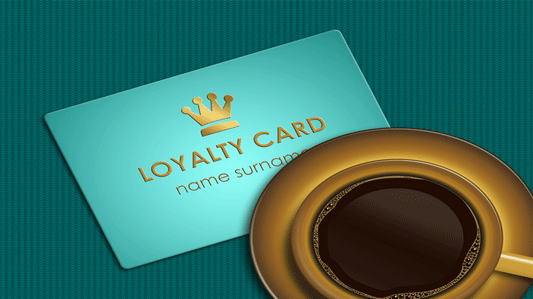The presence of loyalty card schemes and rewards has now become a major part of consumers’ shopping experience.
As the market diverges, YouGov’s Loyalty Cards and Schemes report assesses how retailers should adapt their strategies to changing consumer behaviour.
1. Develop schemes to incorporate online and mobile
In the past, it may have been enough to satisfy the demands of older consumers using physical vouchers. However, while younger consumers are more likely to like cards they are also looking for more mobile-and online based schemes – and retailers should look at the best ways of building these into rewards programmes.
In fact it is 18-24 year-olds that are most likely to like loyalty cards (69% compared to 60% of 55+, for example). What’s more, around four in ten under-35s (37% of 18-24s and 41% of 25-34s) say they focus their spending on stores they have cards for.
18-24s are more likely than over-55s to want to receive coupons, vouchers or codes associated with loyalty cards/reward schemes by email (19% do, compared to 13%), or by app (15% vs. 2%).
2. Younger consumers want a more personalised service
Understanding an individual and their shopping behaviour is crucial when it comes to maximising the impact of a rewards scheme.
Overall, over a third of consumers (36%) would want to receive a more personalised service, a figure that rises to 45% among 18-24 year-olds. As consumers want to receive vouchers based on their own spending habits and interests, retailers should focus on making the service more personal.
3. Give consumers offers that can help to plan their shop
YouGov Profiles data indicates that consumers that use loyalty programmes are practical and organised in comparison to non-loyalty scheme users. Therefore it’s key to offer a service to help these customers plan their shop to include new recipes or deals.
Indeed, our data shows that almost half (48%) of those that use loyalty cards like to experience new foods and cuisines, while a similar number (46%) like to experiment with new recipes. Building ingredients or recipe-based rewards into an offer is one possible route for food retailers.
4. Re-assess voucher time limits
Our research shows that the element of loyalty schemes that irks consumers most is the time limit on many vouchers, with six in ten (60%) disliking this.
Once again, those aged 18-24 are the most likely to think this (70%). Re-assessing this policy may well help customers avoid becoming annoyed, and indeed question why they have the card in the first place.
All in all, retailers should aim for a more personalised digital future with their loyalty cards – making them relevant to a consumer’s lifestyle and habits. Otherwise retailers risk shoppers turning away from the cards because they think they are too generic and do not offer things they particularly want.
Image PA








